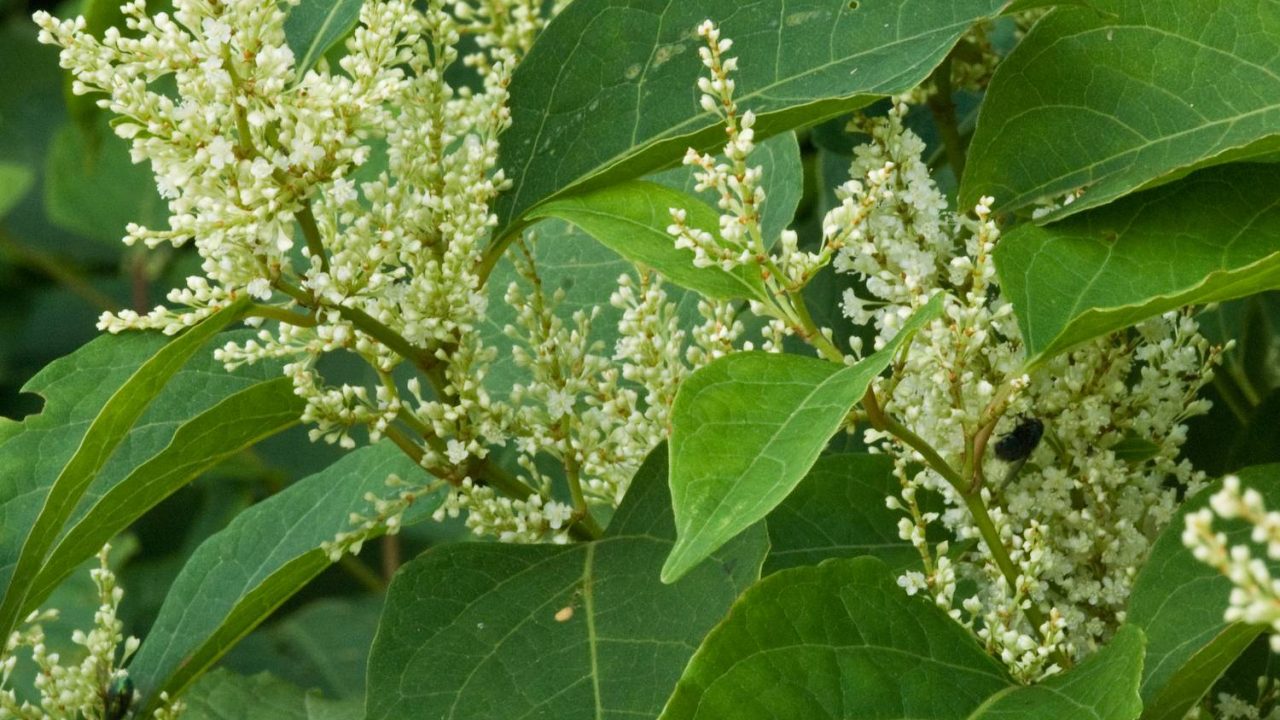Invasive Species
10th June 2020

This week keep an eye out for Invasive Alien Species (IAS) in your area and record sightings at www2.habitas.org.uk/records/ISI. View for downloadable guides below to help you identify invasive species that may occur in your local patch. Recording this data is vital to help limit or stop the spread altogether. Species such as the Asian Hornet or the Oak Processionary Moth have been recorded in parts of England but not yet in Northern Ireland, so vigilance is essential.
Invasive species are species that have been introduced (deliberately or accidentally) by humans and have a negative impact on the economy, wildlife or habitats of Ireland and Northern Ireland. After habitat loss, invasive species are the second biggest threat to biodiversity worldwide, and the biggest threat on islands.
Human activities are the main cause of the arrival of invasive species. Many species are deliberately released whilst others have escaped from our gardens and farms like the American mink and giant rhubarb. Some arrive as hitch hikers and stowaways with imported goods like the New Zealand flatworm!
For further species information and identification visit www.invasivespeciesireland.com or www.nonnativespecies.org.
If you suspect you have seen one of these, or any other Invasive Alien Species, submit the details at www2.habitas.org.uk/records/ISI
| File | Type | Size | Date |
|---|---|---|---|
| ID Fallopia japonica (Japanese knotweed) | 5 MB | 10th June 2020 | |
| ID Heracleum mantegazzianum (Giant Hogweed) | 7 MB | 10th June 2020 | |
| ID Impatiens glandulifera (Himalayan Balsam) | 5 MB | 10th June 2020 | |
| IAS plant identification fold out leaflet | 5 MB | 10th June 2020 | |
| Asian Hornet Flyer leaflet | 1 MB | 10th June 2020 | |
| FODC Swatch Cards | 626 KB | 10th June 2020 |
